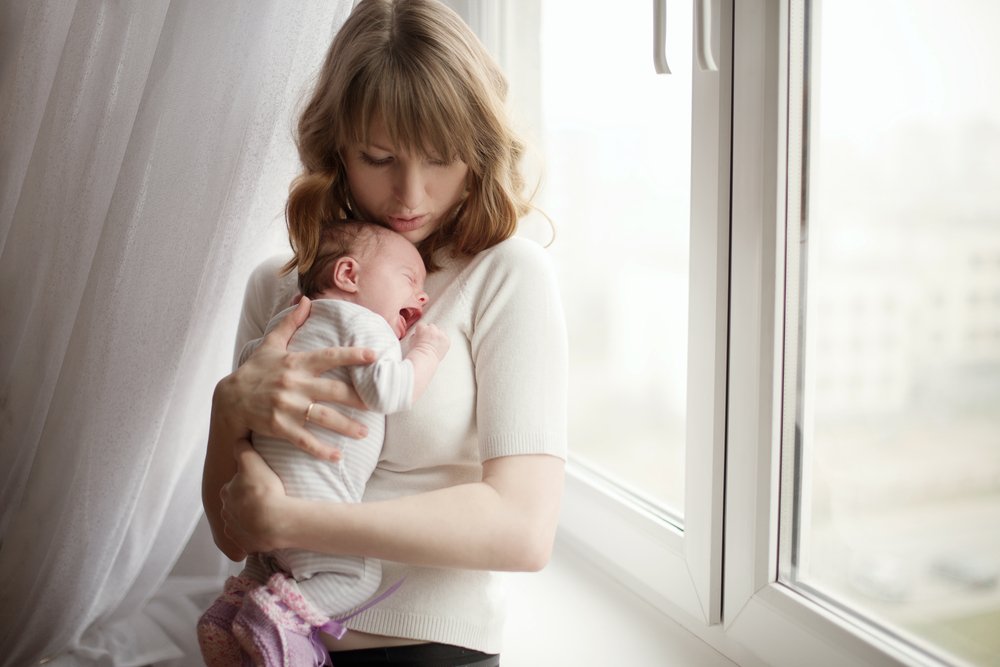Key points:
- Breastfeeding Learning Curve: Breastfeeding is a new experience that requires practice, technique, and patience. Initial discomfort is normal but improves over time.
- Addressing Pain and Discomfort: Initial pain might arise but should subside after correct latch within 30-60 seconds. Pain not related to latch may indicate issues like mastitis or yeast infection.
- Preventing Pain and Infection: Rest, hygiene, proper drying, and avoiding clogged ducts can help. Apply cold or warm compresses, try different positions, and seek medical help if pain persists.
Breastfeeding for the first time is something entirely new! It’s an experience that takes practice and requires technique, patience, and perseverance. Moreover, even though it is completely natural, that doesn’t mean it “comes naturally” for everyone –it requires learning for both you and your baby. It is so new and different that you may even experience some pain and strange feelings at first. Don’t worry, that’s completely normal. As time passes by, you’ll notice it’ll get easier. At first, when you start breastfeeding, you may feel cramps in your lower abdomen; that is mainly due to the contraction of the uterus as it gets back to its normal size. Now, despite being aware that breastfeeding may hurt, you shouldn’t feel any pain after 30 to 60 seconds as long as your baby suckles correctly. If you keep feeling pain after one minute, stop breastfeeding for a moment and then change your baby’s position. Just remember to wait until he stops sucking before removing him from your breast. Don’t forget to gently run your fingers over his gums to get him to release your nipple. This way you can prevent hurt and sore nipples. When you change your baby’s position, make sure that your areola is completely in his mouth and he is not just grasping your nipple, because this may cause you a lot of pain.
Now, if you feel pain in your breast for any other reason aside your baby’s grasp, it can be due to the following causes:
· Mastitis: an infection that presents itself with flu symptoms, including fever and fatigue, as well as sporadic chills and inflammation, red swollen body parts, and hot, hard or sensitive breast areas.
· Yeast infection: burning sensation or deep pain in the breasts or nipples that surge during or after lactation, and which doesn’t stop after changing your baby’s feeding position.
What can you do to prevent pain and infection?
· Try to rest. Being exhausted lowers your immune system and can make you more prone to infections.
· Avoid washing your nipples with soap. The body is self-lubricating and there is no need for soap, so just rinse them with water.
· After bathing, dry your breasts gently, patting instead of rubbing the towel on them.
· Let your breasts dry thoroughly after feeding.
· Don’t let your milk ducts get clogged. If you’re in pain, you can carefully remove some milk with your hand or by using a breast pump to remove the additional milk.
· Place cold towels or an ice pack on your breast to help reduce the swelling.
· Take a warm shower or put a warm towel over your chest before breastfeeding.
· Try different breastfeeding positions, that way you can stimulate the whole breast and find the most comfortable position for you.
What can you do to ease the pain?
· Take a hot bath, use hot towels, and massage the affected breast with firm movements toward the nipple. This can be done while you apply heat or during feeding. After this, we recommend lactating.
· You can also apply a cold towel or ice pack on the affected breast to reduce the swelling.
· Finally, take ibuprofen to reduce inflammation and pain, just be careful not to exceed the suggested dose. If the pain persists, contact your doctor.







